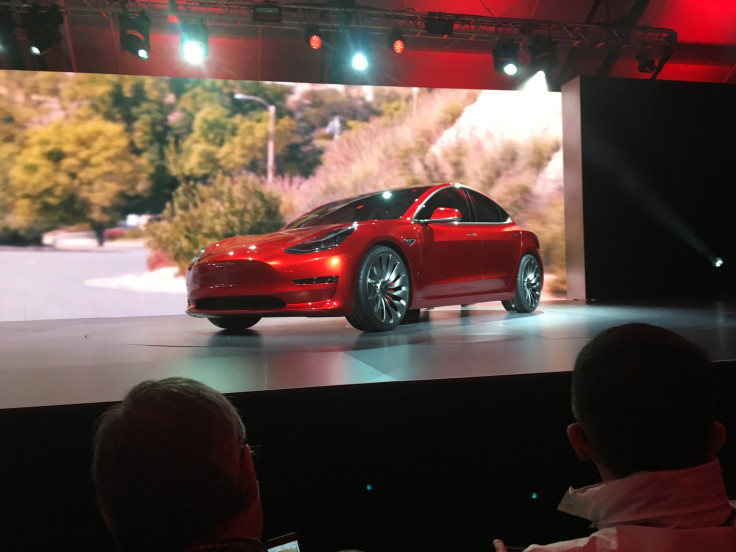Tesla News: Model 3 Delay, Record Quarterly Revenue, Fully-Autonomous Driving Option Soon

Tesla, Inc. announced its financial results for the fourth quarter of 2017, as well as for the financial year 2017 Wednesday evening, after markets closed. While the company posted its highest quarterly revenue yet, and a smaller than expected loss, it also quietly delayed the delivery of its mass-market sedan, the Model 3.
The revenue of almost $3.3 billion for the October-December quarter was 10 percent more than the preceding quarter, and over $1 billion more than the same quarter in 2016. For the entire year, gross revenue stood over $11.7 billion, a significant increase from the $7 billion posted during 2016. Wall Street expectations put the quarterly revenue around $3.2 billion.
The adjusted loss per share, of $3.04, was also lower than the $3.19 expected. But that is higher than the $2.92 loss per share posted in the July-September quarter, and the $8.66 loss posted for the year is much bigger than the $2.87 loss per share in 2017.
Much of that loss was chalked up by the company to the slow ramp up of Model 3 production. And that effect will continue into the first quarter of 2018 as well, Tesla said in its letter to investors. By the end of the ongoing quarter, the electric car maker hopes to reach its target of 2,500 Model 3 vehicles being produced every week, with the number set to go up to 5,000 by the end of June.
“What we can say with confidence is that we are taking many actions to systematically address bottlenecks and add capacity in places like the battery module line where we have experienced constraints, and these actions should result in our production rate significantly increasing during the rest of Q1 and through Q2. … As we shared previously, in order to incorporate our learnings and be capital efficient, we intend to start adding enough capacity to get to a 10,000 unit weekly rate for Model 3 once we have first hit the 5,000 per week milestone,” Tesla said in the letter.

The company also thanked “Model 3 suppliers and our customers, who have continued to be such great partners and advocates, while patiently waiting as the ramp continues to accelerate,” but it is difficult to say how much longer customers would continue to remain patient, especially keeping in mind that Tesla has pushed back the delivery time for the Model 3 by as much as 9 months, and that too, without mentioning it in the earnings call.
The standard battery option, which gives a 220-mile range and is the cheapest one available, will now be delivered in “Late 2018” instead of during the second quarter. The 310-mile range option, which is already in production, has a delivery time of “3-6 weeks,” and the dual-motor all-wheel drive option would be delivered in “Mid 2018.”
This change in delivery timelines could be a result of demand for the long range option Tesla is likely seeing. The company didn’t provide an option-wise breakdown in its letter, but said “Model 3 net reservations remained stable in Q4.”
On another note, Tesla vehicle customers (the company also makes solar energy products, ever since CEO Elon Musk merged his SolarCity business with Tesla) who have been waiting for the company to introduce full autonomy in its Autopilot driving system have something to look forward to.
Tesla shares closed Wednesday trade on Nasdaq higher by 3.3 percent, but had fallen 0.43 percent during after-hours trade, by 8 p.m. EST. The stock was the best performer in the auto sector, and also significantly outperformed the broader market, with the Nasdaq Composite falling 0.9 percent.
© Copyright IBTimes 2025. All rights reserved.





















